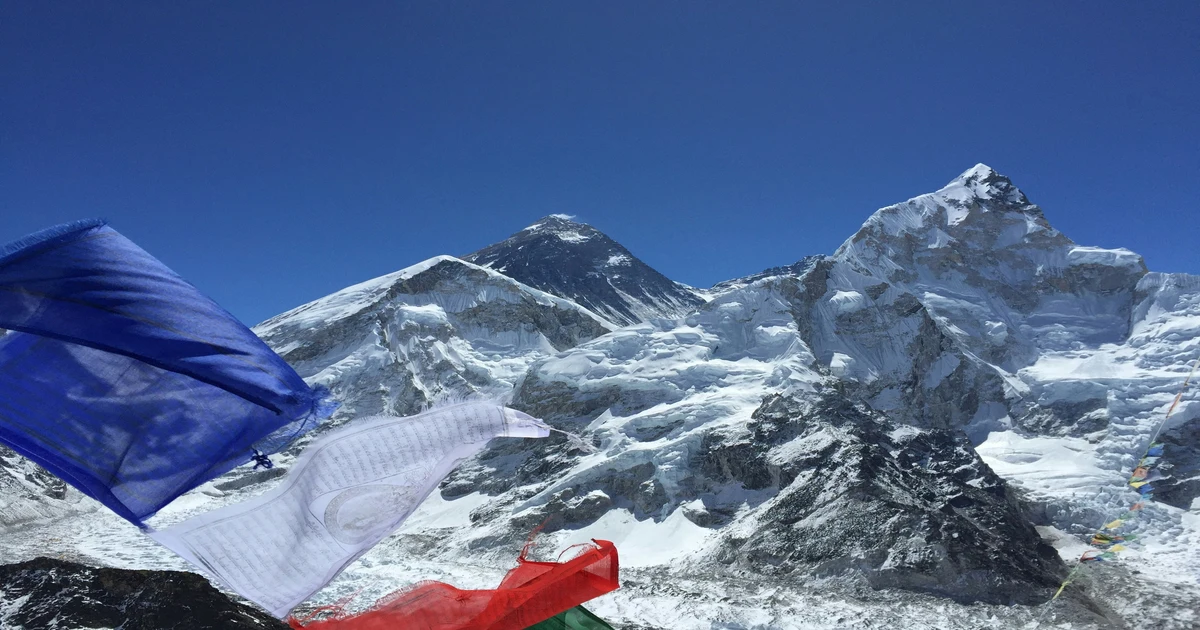Best Time to Trek Everest Base Camp
Trekking to Everest Base Camp (EBC) is one of the most iconic adventures in the world. But when exactly is the best time to go? The answer depends on your priorities—clear skies, fewer crowds, blooming forests, or snow-covered trails. In this guide, we'll help you choose the ideal season based on real trekking conditions, altitude awareness, and insider knowledge from Nepal Travel Guide.
Spring (March to May)
Spring is a favorite for many EBC trekkers. Days are warm, skies are relatively clear, and colorful rhododendrons light up the lower forests. The visibility of snow-capped peaks is excellent, especially in April. It’s a great time for photographers and first-time trekkers alike.
Autumn (September to November)
Autumn is widely regarded as the best time overall to trek Everest Base Camp. The monsoon has cleared the dust from the skies, offering the most stunning views of the Himalayas. With pleasant daytime temperatures and cool nights, it's no surprise this is the busiest season. Book early if you're going during October or November. For beginners, we recommend checking out our Beginner's Guide to EBC Trekking.
Winter (December to February)
If you're looking for solitude and snow, winter might be your season. The trails are quiet, and the landscapes are magical under fresh snow. But temperatures can drop well below freezing, especially at night. You'll need proper gear and a strong tolerance for cold. Not ideal for those trekking with young children or older travelers—see our guide on Trekking Age Considerations for more info.
Monsoon (June to August)
Monsoon is the least recommended season for EBC. Heavy rainfall can trigger landslides in lower areas, and clouds often obscure the views. Lukla flights are frequently delayed or canceled due to weather. However, if you're a seasoned adventurer looking for lush green scenery and don’t mind the mud, it can be an experience—just prepare for the challenges.
Quick Comparison: When to Go
- Best Weather: Autumn (Sept–Nov)
- Blooming Forests: Spring (Mar–May)
- Least Crowded: Winter (Dec–Feb)
- Not Advised: Monsoon (Jun–Aug)
Weather, Safety & AMS
Regardless of when you trek, weather in the Everest region can be unpredictable. Prepare for sudden temperature drops and high winds above 4,000 meters. Most importantly, be aware of Acute Mountain Sickness (AMS). Learn the symptoms and prevention strategies in our AMS trekking guide.
Planning around the ideal season enhances your safety and enjoyment on the trail. If you're unsure when to go, or you want a customized trekking plan, visit our Everest Base Camp Trek page or contact our local team for expert advice.
